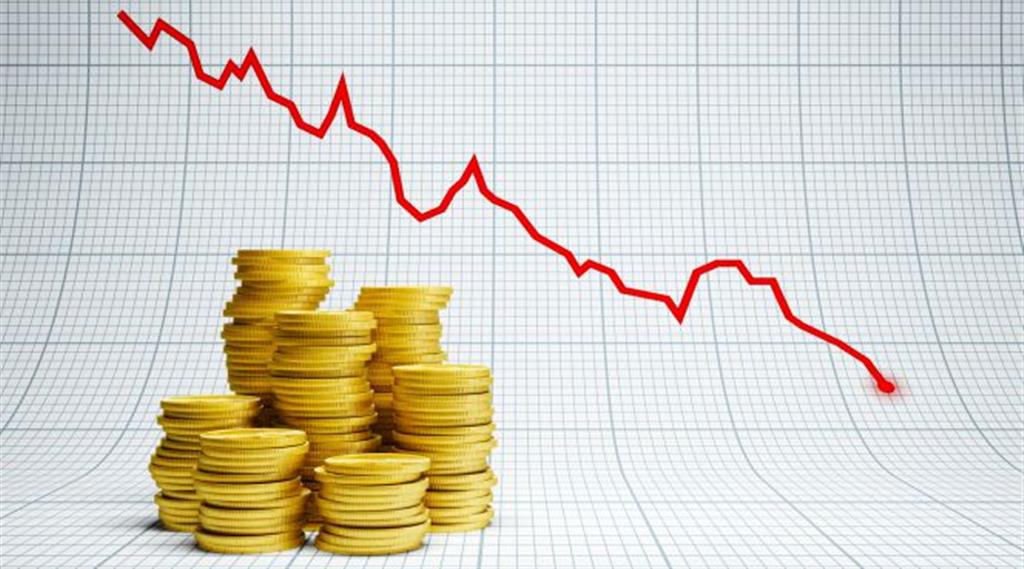According to the ‘Global Wage Report 2022-23: The impact of COVID-19 and inflation on wages and purchasing power,’ monthly wages fell in real terms by 0.9 percent in the first semester of 2022.
In an analysis by region, in North America (Canada and the United States), average real wage growth reached zero in 2021 and fell to -3.2 percent in the first half of 2022.
Meanwhile, in Latin America and the Caribbean, this indicator descended to -1.4 percent in 2021 and -1.7 percent in the first half of this year.
In the European Union, real wage growth increased from 1.3 percent in 2021 and decreased to -2.4 percent in 2022. In Eastern Europe, it slowed down to 3.3 percent in 2021 and -3.3 percent from January to June this year.
In Asia and the Pacific, it increased to 3.5 percent in 2021 and slowed down to 1.3 percent in the first half of 2022. In Central and West Asia, a strong growth of 12.4 percent was reported in 2021 but it fell to 2.5 percent.
In Africa, data suggest a drop in real wage growth of -1.4 percent in 2021 and a decline to -0.5 percent through June this year.
In the Arab States, estimates point to low growth of 0.5 percent in 2021 and 1.2 percent in 2022.
With these figures, it is the first time in this century that global real wage growth has turned negative. The crisis reduced the purchasing power of the middle classes and particularly affected low-income households, ILO’s annual study noted.
jg/iff/mem/att










